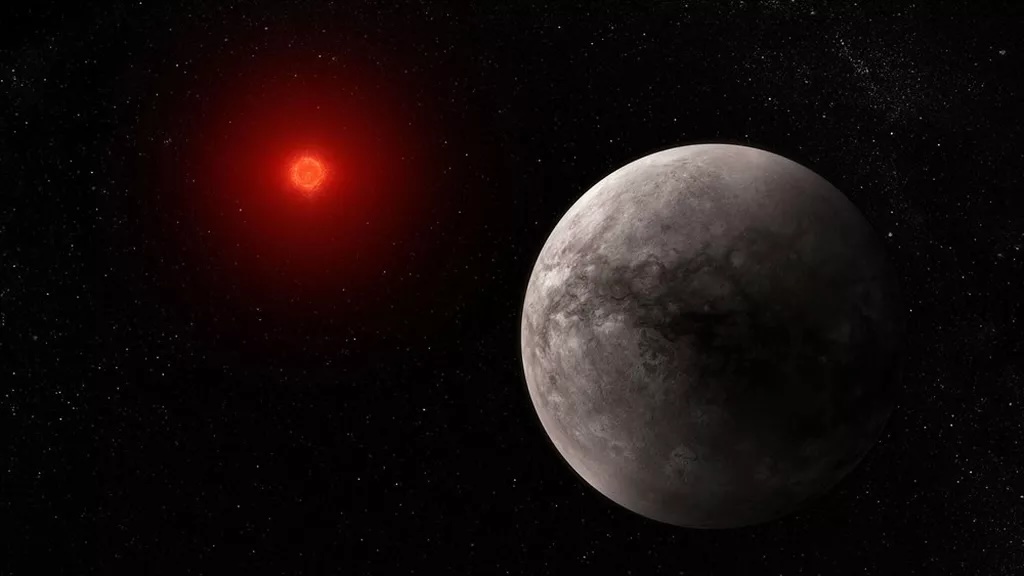A new mode for faint targets
We aim to open a brand-new observation mode with the Mid-Infrared Instrument (MIRI) to characterize exoplanets orbiting faint stars. We offer to explore the feasibility of using the MIRI Low Reslution Spectrometer (LRS) in fixed-slit mode (see figure below) for the atmospheric characterisation of transiting exoplanets, observed when the planet passes in front of its host star. We aim to explore the possibility of expanding the range of accessible targets for time series observations (TSOs) with the MIRI LRS mode; exploiting the superior sensitivity of the LRS fixed-slit mode to probe cooler, lower-mass and fainter stars than are accessible with the LRS slitless mode, and avoiding some of the challenging systematics observed in the SLITLESSPRISM subarray so far.

These observations will allow us to:
- (1) compare the performance of the instrument in fixed-slit and slitless configurations for a known target that has been extensively observed with JWST
- (2) understand the parameter space of exoplanet physical properties in which the LRS in fixed-slit mode is most valuable for time series observations
- (3) produce a calibration recipe for these observations that can be adopted by the JWST calibration pipeline and offered to the community.
By opening this mode, we will be pushing the performances for eclipse spectroscopy (when the planet passes behind its host star). The MIRI LRS range offers a unique opportunity to characterise the exoplanetary thermal emission by observing the eclipse event. Eclipse depths are usually lower than transit depths as the stellar flux tends to dominate the planetary flux. In that context, eclipse spectroscopy is an observational challenge, particularly for cold planets. Observing modes that are able to reduce the thermal background and provide higher SNRs are therefore highly valuable for pushing the performance in eclipse spectroscopy.

A striking example is the case of the TRAPPIST-1 system (Gillon et al., 2017) which is composed of 7 temperate rocky exoplanets. Observations of TRAPPIST-1b and c using the MIRI imager in broadband photometry this year enabled to detect the planet occultations for the first time, and hence their day-side thermal emissions and brightness temperatures. To bring the temperate rocky observation to the next level, there is a need for spectroscopic observations. The flux drop during occultation being less than one percent (0.086 % (Greene et al., 2023)), spectroscopic observations with the MIRI LRS in slitless mode require more than 30 eclipses to achieve a minimum level of signal-to-noise ratio (SNR). Calculations made with the Exposure Time Calculator show that by using the MIRI LRS slit mode, the SNR of one eclipse would be increased by a factor of 2.5, thus drastically reducing the overall observation time needed to guarantee strong results.